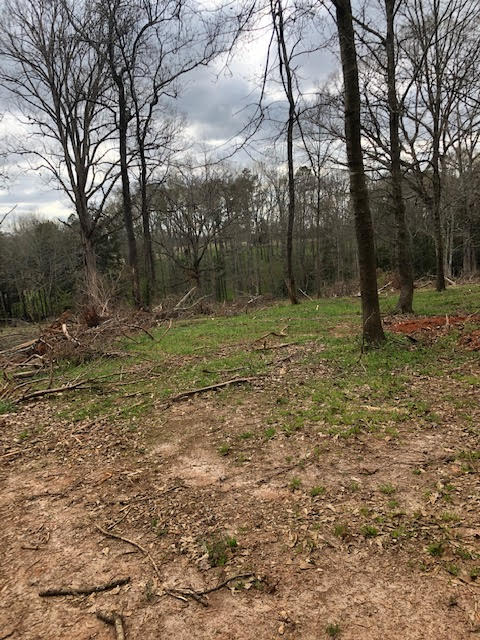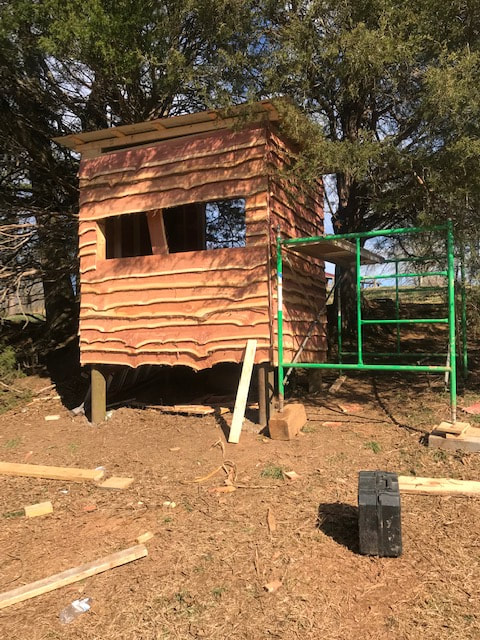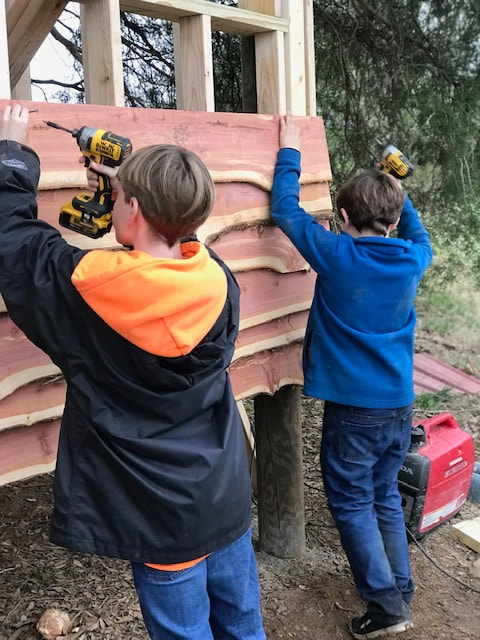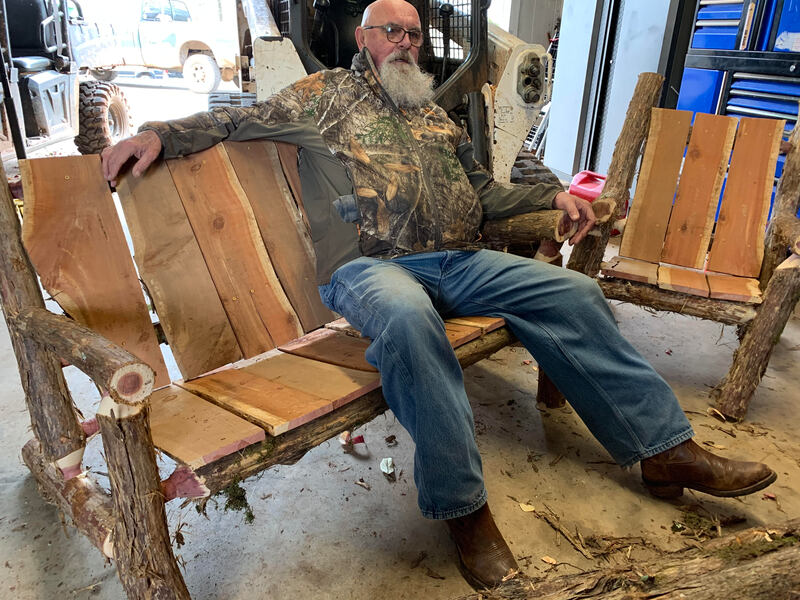RESTORATIVE AGRICULTURE
LABYRINTH
Our vision is to offer visitors an opportunity to spend time in nature on a working farm in a restored setting. One part of this is our labyrinth located beyond the Pavilion. A labyrinth is a meandering path with a single path leading to a center. Labyrinths are ancient, dating back 4000 years. They are found in churches, hospitals, hospices and parks; medieval Christians used them as a form of pilgrimage: a way to get closer to God. Labyrinths are used symbolically as a walking meditation and are tools for personal, physical, psychological and spiritual transformation.
Our vision is to offer visitors an opportunity to spend time in nature on a working farm in a restored setting. One part of this is our labyrinth located beyond the Pavilion. A labyrinth is a meandering path with a single path leading to a center. Labyrinths are ancient, dating back 4000 years. They are found in churches, hospitals, hospices and parks; medieval Christians used them as a form of pilgrimage: a way to get closer to God. Labyrinths are used symbolically as a walking meditation and are tools for personal, physical, psychological and spiritual transformation.
ROTATIONAL GRAZING
Beginning in 2006 with our first Devons we began focusing on sustainable techniques on our pastures. We have used only organic and natural fertilizers to help build up soil (never any chemical fertilizers). The foundational soil improvement is rotationally grazing our animals, which allows the pastures time to recover. (Read more about rotational grazing here.)
in 2021 we have pastures capable of surviving drought and quickly recovering when the rain begins. The soil is spongy underfoot and teems with dung beetles, the epicenter of living soil organisms.
Beginning in 2006 with our first Devons we began focusing on sustainable techniques on our pastures. We have used only organic and natural fertilizers to help build up soil (never any chemical fertilizers). The foundational soil improvement is rotationally grazing our animals, which allows the pastures time to recover. (Read more about rotational grazing here.)
in 2021 we have pastures capable of surviving drought and quickly recovering when the rain begins. The soil is spongy underfoot and teems with dung beetles, the epicenter of living soil organisms.
SILVOPASTURE
Five hundred to 10,000 years ago the piedmont prairie extended from Virginia to Georgia, a savannah, consisting of native grasses interspersed with areas of large trees. The native Americans used fire and bison to manage these savannah-like areas. The bison provided natural nutrients in their urine and feces which was stomped into the soil along with plant material providing aeration and additional organic matter in the soil. This process enhances the growth of a wide array of micro and macro organisms in the soil. We are restoring an area of our farm which had grown into a jungle of dense trees and undergrowth. Silvopasture is the deliberate integration of trees and grazing livestock operations on the same land. These systems are intensively managed for both forest products and forage providing both short-and long-term income sources. In 2019 we began restoring an overgrown, dense area of woods to achieve the goal of making a productive pasture in the woods. The pictures below illustrate the progression from overgrowth, work in progress and final product.
Five hundred to 10,000 years ago the piedmont prairie extended from Virginia to Georgia, a savannah, consisting of native grasses interspersed with areas of large trees. The native Americans used fire and bison to manage these savannah-like areas. The bison provided natural nutrients in their urine and feces which was stomped into the soil along with plant material providing aeration and additional organic matter in the soil. This process enhances the growth of a wide array of micro and macro organisms in the soil. We are restoring an area of our farm which had grown into a jungle of dense trees and undergrowth. Silvopasture is the deliberate integration of trees and grazing livestock operations on the same land. These systems are intensively managed for both forest products and forage providing both short-and long-term income sources. In 2019 we began restoring an overgrown, dense area of woods to achieve the goal of making a productive pasture in the woods. The pictures below illustrate the progression from overgrowth, work in progress and final product.
USE OF HARVESTED TREES
We are using many of the harvested trees for lumber. The walnut trees are used to make furniture for ourselves, family and friends.
Cedar is harvested for building projects and outdoor furniture. We are building rooms for guests to come for observation of nature, meditation, prayer and relaxation. Cedar limbs are used to produce rustic outdoor furniture that is placed in the silvopasture so visitors can come and relax.
We are using many of the harvested trees for lumber. The walnut trees are used to make furniture for ourselves, family and friends.
Cedar is harvested for building projects and outdoor furniture. We are building rooms for guests to come for observation of nature, meditation, prayer and relaxation. Cedar limbs are used to produce rustic outdoor furniture that is placed in the silvopasture so visitors can come and relax.
Restoration and Nature
By Christopher Paul Carter
There’s a moment in history few people talk about, but it has had an enormous impact on how we see our world. It’s called the scientific revolution. It occurred about 400 years ago, and historians have called it the biggest shift in human consciousness since the advent of Christianity, which occurred some 1600 years prior. There are a lot of reasons we don’t discuss it, one of which is that it so thoroughly changed our world that we can’t even imagine what things were like before the scientific revolution, so it never crosses our mind to wonder about the world before this change. And, for the most part, we aren’t asking ourselves if there was anything worth carrying forward from the time of our ancestors and into this modern age.
I believe this issue – understanding the scientific revolution and discerning it’s good and bad effects – is of the utmost importance to our current situation, and it’s at the very heart of a humble article on restoration and nature. To put it simply, prior to the scientific revolution, our environment was believed to have had a spiritual component. In other words, our ancestors – and I mean all of them – believed there was more to our environment than what you could see with your biological eyes. They believed it had personality and voice. In other words, they believed it had a spiritual origin and retained it’s spiritual qualities. When modern science was truly born, about 400 years ago, it quickly erased that spiritual sense in favor of the material, objective, and empirically tested reality we’ve come to know today. Now, whether or not we think our ancestors were inspired or just full of “you know what,” we at least need to reckon with the fact that the vast, vast majority of the human history thought something, even believed something, different than we do today. It should at least give us pause.
The question for us then becomes, “Is there anything that we’ve lost in these last 400 years of scientific development?” Obviously, we want to keep the good things that have come from the discoveries of the last few centuries, but we can’t deny that as our world has become more and more scientific, we seem to be losing our connection to this vast and amazing creation all around us. Again, no one would deny the positive advancements of this era, but maybe we should consider the cost of those developments. Maybe, we should even consider restoring some of the things our ancestors took for granted as we chart a balanced and holistic course for our future.
So what did our ancestors take for granted? To start with, they knew nature wasn’t just material to be used, it was a presence that needed care and stewarding. When coupled with the original, Biblical charge for humanity to “tend the garden,” we start to see that holistic view of nature we’ve been talking about. And when we take a quick glance around our modern world, with its unchecked focus (some might say addiction) to electrically powered screens and devices, we can see just how out of touch we are with both the wisdom of our ancestors and the Biblical mandate given in Genesis. In short, we’re losing touch with the original gift given to mankind – to take care of the Creation.
This is what needs to be restored, and there are two main ways we can go about it. Firstly, we can acknowledge that God is ready for us to rekindle the spiritual importance of this majestic creation and our role in it. We could go back and read the spiritual origins of the world in Genesis, or we could contemplate, pray, and dialogue with God about it as we seek to bring back a spiritual connection to our environment. But I suspect no matter what avenue we take, it will mean going outside and actually being in nature again, instead of glued to our cell phones. This first avenue is the internal, spiritual side of things. It’s the part we have to settle inside ourselves – that we’re missing out on something, and that God wants to show it to us again. Few people today (and even fewer young people) think that a perfect avenue to connect with God is to spend time in the nature God created. But this may be exactly what’s needed to turn the tide. Imagine the changes that would occur if we took just half the time we are collectively spending in front of the T.V. and spent it instead walking through nature and talking to God about what He has made, and why He made us.
Secondly, we can take that inward rekindling of the spiritual importance of nature and turn it into action. We can take an active part in the stewardship of our environment. We can look at the land spiritually and ask ourselves what part it is supposed to play. We can help structure it to reflect its God-given purpose. And if we find our environment is far out of line with that purpose, we can do whatever is in our power to bring it back.
Two kinds of restoration. The first is an inward restoration of ourselves and our role here on this earth. The second is the restoration of our environment, as we seek to make it both productive and beautiful.
It also helps to have a place where you can go find these two types of restoration, and that’s where Walker Century Farms comes in. It’s a working farm with a heart for restoration, and visitors are invited to come and experience nature and the God who created it. I think as you walk around the fields and find it’s hidden gems, or as you talk with the owners about the history of the farm, you’ll find your own connection to our original calling rekindled in your heart.
For more about Christopher, see his website: discovertheheavens.org
By Christopher Paul Carter
There’s a moment in history few people talk about, but it has had an enormous impact on how we see our world. It’s called the scientific revolution. It occurred about 400 years ago, and historians have called it the biggest shift in human consciousness since the advent of Christianity, which occurred some 1600 years prior. There are a lot of reasons we don’t discuss it, one of which is that it so thoroughly changed our world that we can’t even imagine what things were like before the scientific revolution, so it never crosses our mind to wonder about the world before this change. And, for the most part, we aren’t asking ourselves if there was anything worth carrying forward from the time of our ancestors and into this modern age.
I believe this issue – understanding the scientific revolution and discerning it’s good and bad effects – is of the utmost importance to our current situation, and it’s at the very heart of a humble article on restoration and nature. To put it simply, prior to the scientific revolution, our environment was believed to have had a spiritual component. In other words, our ancestors – and I mean all of them – believed there was more to our environment than what you could see with your biological eyes. They believed it had personality and voice. In other words, they believed it had a spiritual origin and retained it’s spiritual qualities. When modern science was truly born, about 400 years ago, it quickly erased that spiritual sense in favor of the material, objective, and empirically tested reality we’ve come to know today. Now, whether or not we think our ancestors were inspired or just full of “you know what,” we at least need to reckon with the fact that the vast, vast majority of the human history thought something, even believed something, different than we do today. It should at least give us pause.
The question for us then becomes, “Is there anything that we’ve lost in these last 400 years of scientific development?” Obviously, we want to keep the good things that have come from the discoveries of the last few centuries, but we can’t deny that as our world has become more and more scientific, we seem to be losing our connection to this vast and amazing creation all around us. Again, no one would deny the positive advancements of this era, but maybe we should consider the cost of those developments. Maybe, we should even consider restoring some of the things our ancestors took for granted as we chart a balanced and holistic course for our future.
So what did our ancestors take for granted? To start with, they knew nature wasn’t just material to be used, it was a presence that needed care and stewarding. When coupled with the original, Biblical charge for humanity to “tend the garden,” we start to see that holistic view of nature we’ve been talking about. And when we take a quick glance around our modern world, with its unchecked focus (some might say addiction) to electrically powered screens and devices, we can see just how out of touch we are with both the wisdom of our ancestors and the Biblical mandate given in Genesis. In short, we’re losing touch with the original gift given to mankind – to take care of the Creation.
This is what needs to be restored, and there are two main ways we can go about it. Firstly, we can acknowledge that God is ready for us to rekindle the spiritual importance of this majestic creation and our role in it. We could go back and read the spiritual origins of the world in Genesis, or we could contemplate, pray, and dialogue with God about it as we seek to bring back a spiritual connection to our environment. But I suspect no matter what avenue we take, it will mean going outside and actually being in nature again, instead of glued to our cell phones. This first avenue is the internal, spiritual side of things. It’s the part we have to settle inside ourselves – that we’re missing out on something, and that God wants to show it to us again. Few people today (and even fewer young people) think that a perfect avenue to connect with God is to spend time in the nature God created. But this may be exactly what’s needed to turn the tide. Imagine the changes that would occur if we took just half the time we are collectively spending in front of the T.V. and spent it instead walking through nature and talking to God about what He has made, and why He made us.
Secondly, we can take that inward rekindling of the spiritual importance of nature and turn it into action. We can take an active part in the stewardship of our environment. We can look at the land spiritually and ask ourselves what part it is supposed to play. We can help structure it to reflect its God-given purpose. And if we find our environment is far out of line with that purpose, we can do whatever is in our power to bring it back.
Two kinds of restoration. The first is an inward restoration of ourselves and our role here on this earth. The second is the restoration of our environment, as we seek to make it both productive and beautiful.
It also helps to have a place where you can go find these two types of restoration, and that’s where Walker Century Farms comes in. It’s a working farm with a heart for restoration, and visitors are invited to come and experience nature and the God who created it. I think as you walk around the fields and find it’s hidden gems, or as you talk with the owners about the history of the farm, you’ll find your own connection to our original calling rekindled in your heart.
For more about Christopher, see his website: discovertheheavens.org










